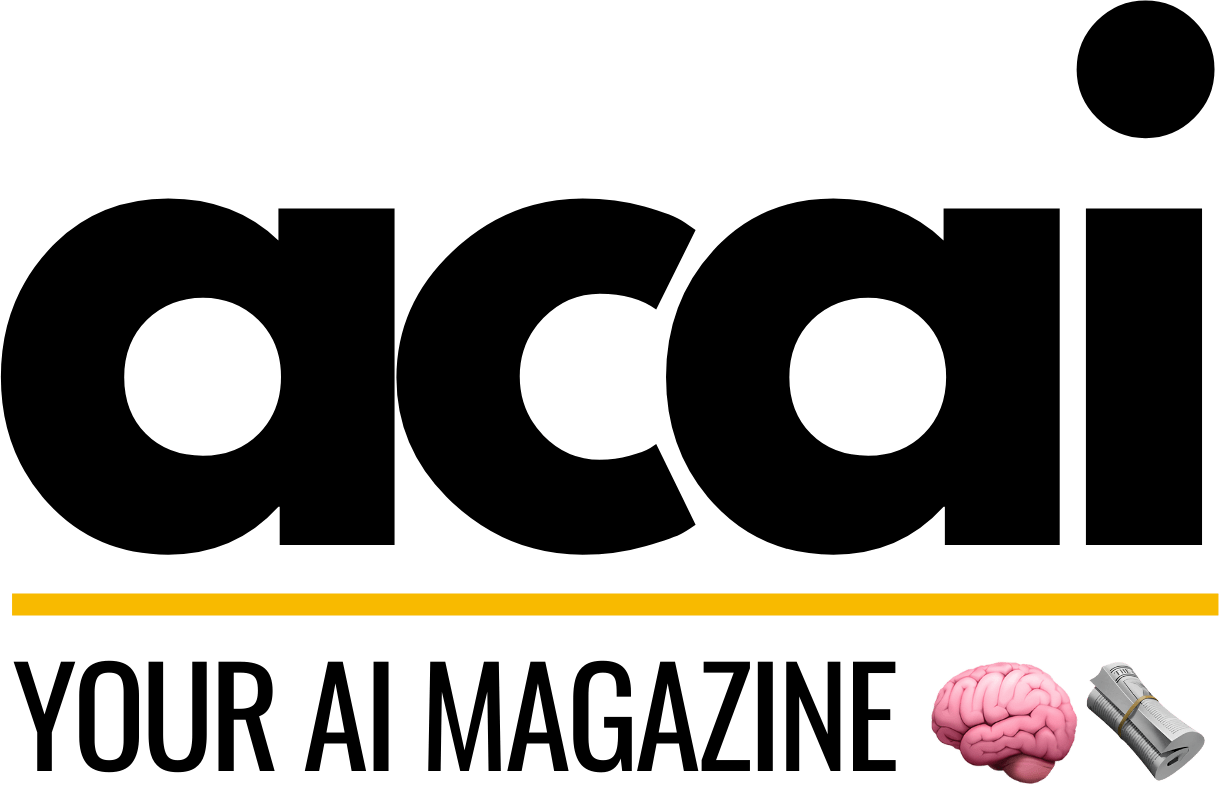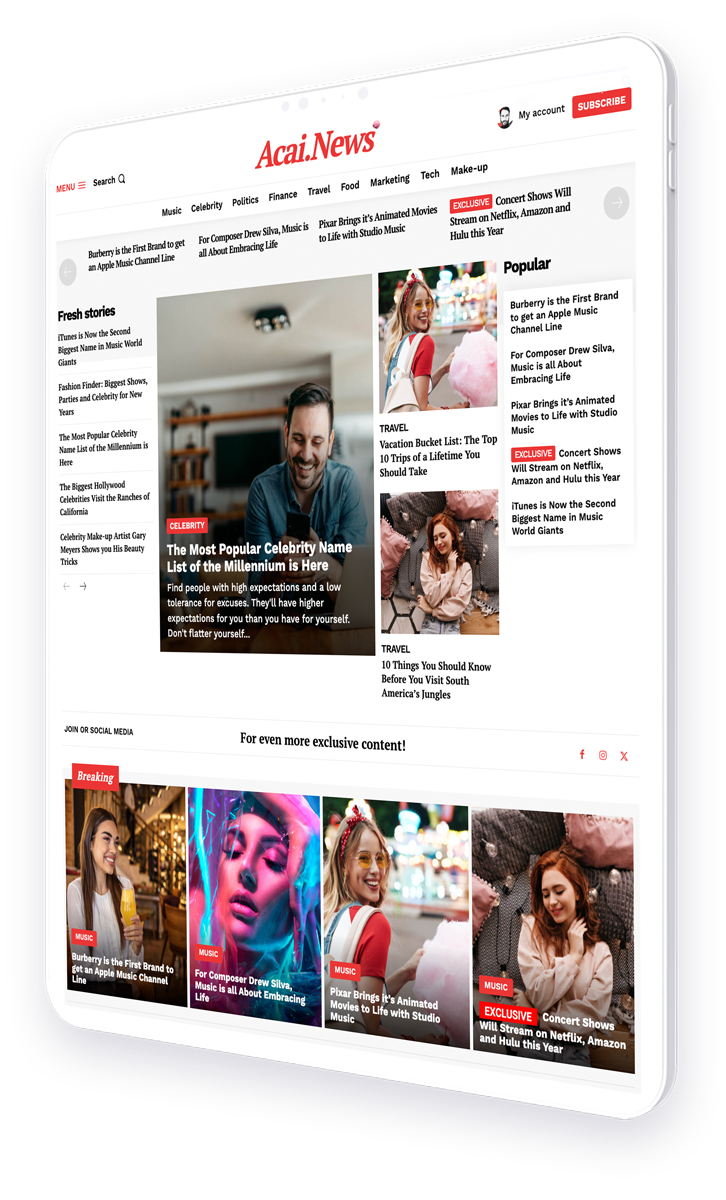Discover How Fully Automated Editorial Workflows Build an Effective Inbound Marketing Blueprint
Welcome to the future of inbound marketing, where fully automated editorial workflows streamline content creation, distribution, and analysis. This comprehensive guide will explore how businesses can leverage automation to enhance their inbound marketing strategies, ensuring content is not only engaging but also efficiently managed and delivered.
- Introduction to Automated Editorial Workflows
- Why Automation in Inbound Marketing?
- Key Components of an Automated Editorial Workflow
- Implementing Automation in Your Workflow
- Case Studies
- Essential Tools for Automation
- Challenges and Solutions
- The Future of Automated Workflows in Marketing
- Conclusion
Introduction to Automated Editorial Workflows
In the realm of digital marketing, efficiency and consistency are key. Automated editorial workflows provide a framework for managing these aspects by integrating technology into the content planning, creation, and publishing processes. This approach not only saves time but also enhances the scalability of content strategies.
Why Automation in Inbound Marketing?
Automation in inbound marketing is not just a luxury; it’s a necessity in today’s fast-paced digital environment. Here are several reasons why:
- Consistency in Content Quality: Automation helps maintain a consistent voice and quality across all content pieces, regardless of the volume.
- Efficiency in Operations: Reduces the manual effort required in tasks such as scheduling, posting, and analyzing content.
- Scalability: Enables businesses to increase their content output without a proportional increase in resources or workload.
- Enhanced Personalization: Automated tools can tailor content to the preferences and behaviors of different audience segments.
- Data-Driven Decisions: Automation provides valuable insights through data analytics, helping guide future content strategies.
Key Components of an Automated Editorial Workflow
An effective automated editorial workflow encompasses several key components:
- Content Planning: Automated tools for content calendaring and strategy alignment.
- Content Creation: Use of AI-driven writing assistants and data analytics for content optimization.
- Content Distribution: Automated scheduling and publishing across various platforms.
- Performance Tracking: Tools that automatically track engagement metrics and audience feedback.
Implementing Automation in Your Workflow
Implementing automation requires a strategic approach:
- Assessment of Needs: Understand what aspects of your workflow can and should be automated based on your specific goals.
- Choosing the Right Tools: Select tools that integrate well with your existing systems and meet your automation needs.
- Training and Onboarding: Ensure your team is well-equipped to use these tools effectively.
- Continuous Monitoring and Optimization: Regularly review the performance of your automated systems and make adjustments as needed.
Case Studies
Several companies have successfully implemented automated workflows in their inbound marketing strategies. For instance, a tech company increased its lead generation by 200% through automated content personalization and lead nurturing sequences. Another example is a retail brand that used automated social media posts to maintain a constant online presence, resulting in a 50% increase in online engagement.
Essential Tools for Automation
Choosing the right tools is crucial for effective automation. Some of the top tools include:
- HubSpot: Offers a comprehensive suite for marketing automation, including email workflows, social media scheduling, and performance analytics.
- Hootsuite: Streamlines social media management across multiple platforms.
- Mailchimp: Automates email marketing campaigns with advanced segmentation and analytics.
- Google Analytics: Provides insights into website traffic and user behavior.
Challenges and Solutions
While automation offers numerous benefits, it also comes with challenges:
- Integration Complexity: Ensuring different tools work together seamlessly can be difficult. Choosing tools with good integration capabilities or using APIs can help.
- Over-reliance on Automation: It’s important to balance automation with a human touch, especially in creative processes and customer interactions.
- Keeping Up with Technology: The landscape of digital tools evolves rapidly. Continuous learning and adaptation are necessary.
The Future of Automated Workflows in Marketing
The future of automated workflows in marketing looks promising, with advancements in AI and machine learning further enhancing the capabilities of automation tools. This will likely lead to even more personalized and efficient marketing strategies.
Conclusion
Fully automated editorial workflows represent a significant advancement in the field of inbound marketing. By embracing automation, businesses can enhance efficiency, maintain high-quality content, and personalize user experiences at scale. As technology continues to evolve, the potential for these tools will only grow, making now the perfect time to integrate automation into your marketing strategy.
For more insights on implementing automated workflows, visit HubSpot’s official website.




